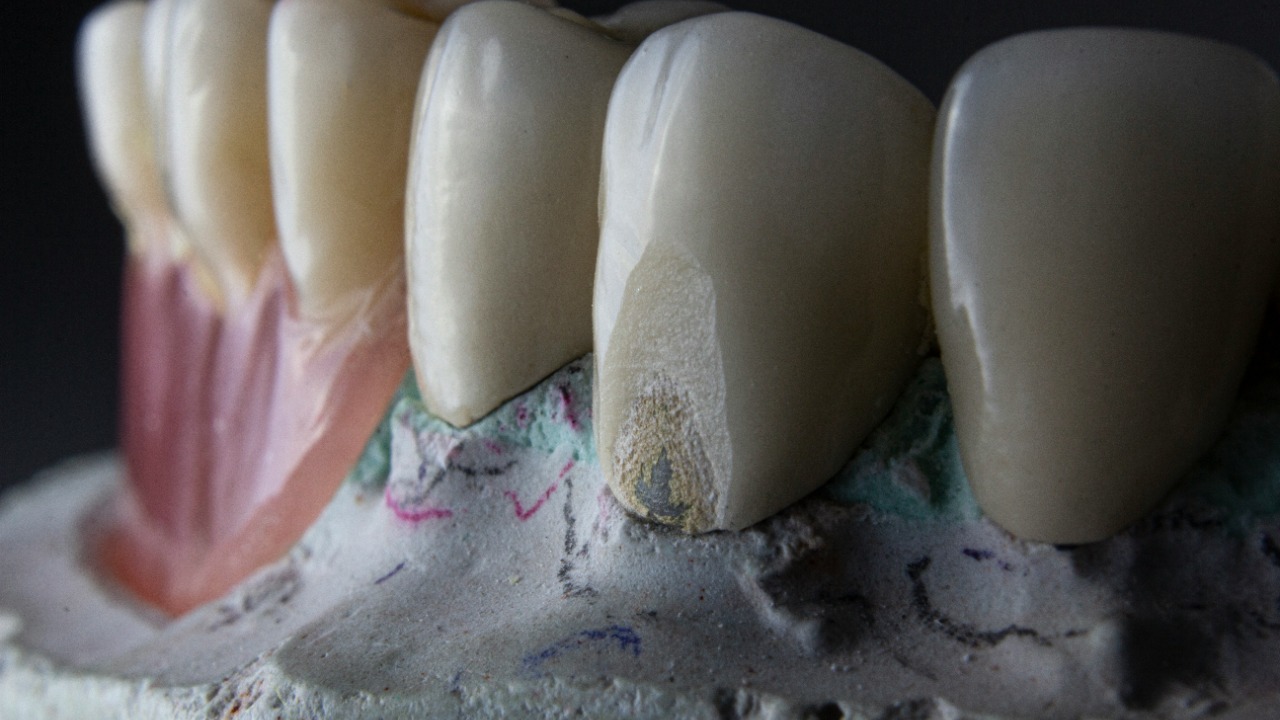
Researchers at Zhengzhou University in China have made a significant breakthrough in dental health by developing a fluoride-free gel that can restore lost tooth enamel within a fortnight. This innovative solution, which uses bioactive materials to mimic natural enamel formation, could revolutionize dental regeneration by providing a non-invasive alternative to traditional treatments such as fillings or crowns.
The Breakthrough in Enamel Regeneration
The gel’s composition is a key differentiator from conventional toothpaste and treatments, as it does not contain fluoride. Instead, it uses bioactive materials that promote remineralization, a process that restores the mineral content of the tooth enamel. This process is typically slow, but the gel accelerates it, enabling full restoration within just two weeks.
Initial lab testing has demonstrated the gel’s ability to regrow enamel. The results, reported on November 5, 2025, showed significant enamel regrowth within the two-week period, marking a significant advancement in dental health technology. This breakthrough could potentially benefit millions of people worldwide who suffer from enamel erosion.
Development Process at Zhengzhou University
The research team at Zhengzhou University employed a novel approach in the development of this gel. They used peptide-based hydrogels to trigger the formation of enamel-like crystals. This approach was a significant departure from traditional methods that rely on fluoride to promote enamel regeneration.
The project, which culminated in the announcement on November 5, 2025, faced several challenges. One of the most significant was ensuring biocompatibility without the use of fluoride. However, the team was able to overcome these obstacles and achieve safe, effective results.
How the Gel Mimics Natural Enamel
The gel works by using a bioactive mechanism that promotes the formation of enamel-like crystals. This process mimics the natural formation of enamel, allowing for the restoration of lost enamel layers. Clinical observations from early trials have shown full restoration within two weeks, demonstrating the gel’s effectiveness.
Furthermore, the gel’s molecular structure closely resembles that of human enamel. This similarity ensures that the regenerated enamel has the same hardness and durability as natural enamel, making the gel a promising solution for enamel restoration.
Advantages Over Fluoride-Based Solutions
The fluoride-free formula of the gel offers several advantages over traditional fluoride-based solutions. For one, it reduces the risk of fluorosis, a condition caused by excessive fluoride intake. Despite being fluoride-free, the gel still provides robust protection against decay, making it a viable alternative to fluoride-based treatments.
Moreover, the gel has shown impressive results in terms of enamel thickness recovery rates. It achieves in two weeks what traditional methods take months to accomplish. The gel’s potential for at-home use without professional application also makes it a more accessible solution for many people.
Early Testing and Safety Profile
Early testing of the gel, including animal and in vitro studies, confirmed its efficacy in restoring lost enamel without adverse effects. Following the announcement on November 5, 2025, human trial phases were initiated. Feedback from participants has been positive, with many noting the comfort and speed of results.
Long-term safety evaluations have also been promising. The regenerated enamel has shown stability under daily wear, and the gel has proven to be non-toxic, further reinforcing its potential as a safe and effective solution for enamel restoration.
Implications for Dental Health Practices
The gel’s potential extends beyond individual use. It could be integrated into routine dentistry, serving as a preventive application for patients prone to enamel erosion. The two-week restoration timeline could also significantly lower costs for enamel repair procedures, making dental care more affordable for many people.
On a global scale, the gel could have a significant impact, particularly in regions with high enamel loss rates due to diet or environmental factors. Its scalability, from commercial production to widespread availability, could make it a game-changer in dental health practices worldwide.
Future Research and Commercialization
Looking ahead, there are plans to expand the use of the gel. Variations for pediatric or orthodontic use are being considered, which could broaden the gel’s applicability. However, regulatory hurdles for FDA or equivalent approvals will need to be addressed following the breakthrough announced on November 5, 2025.
Partnerships with dental companies could also help bring the fluoride-free gel to market within the next few years. As research and development continue, this innovative solution holds great promise for the future of dental health.
More from MorningOverview